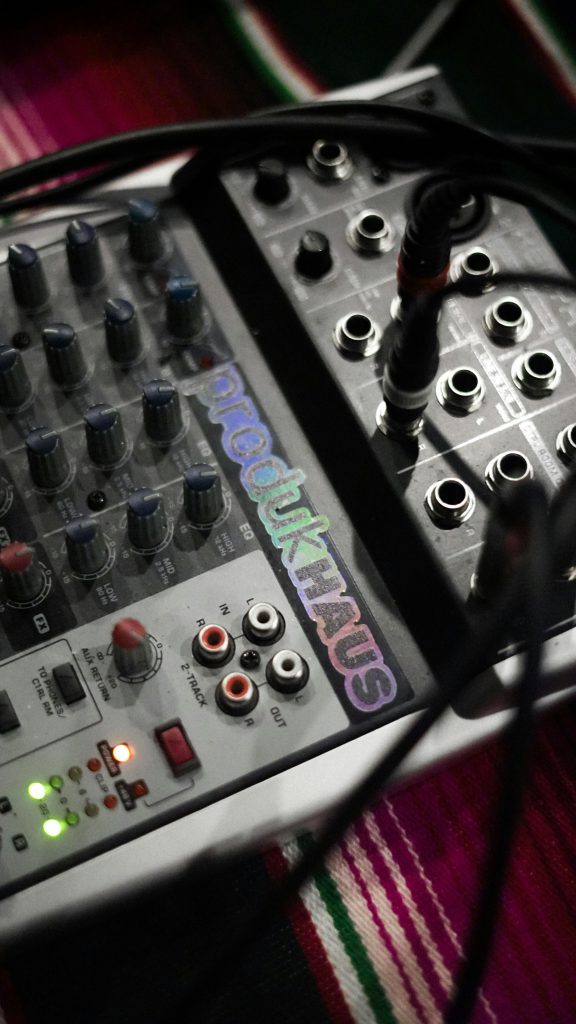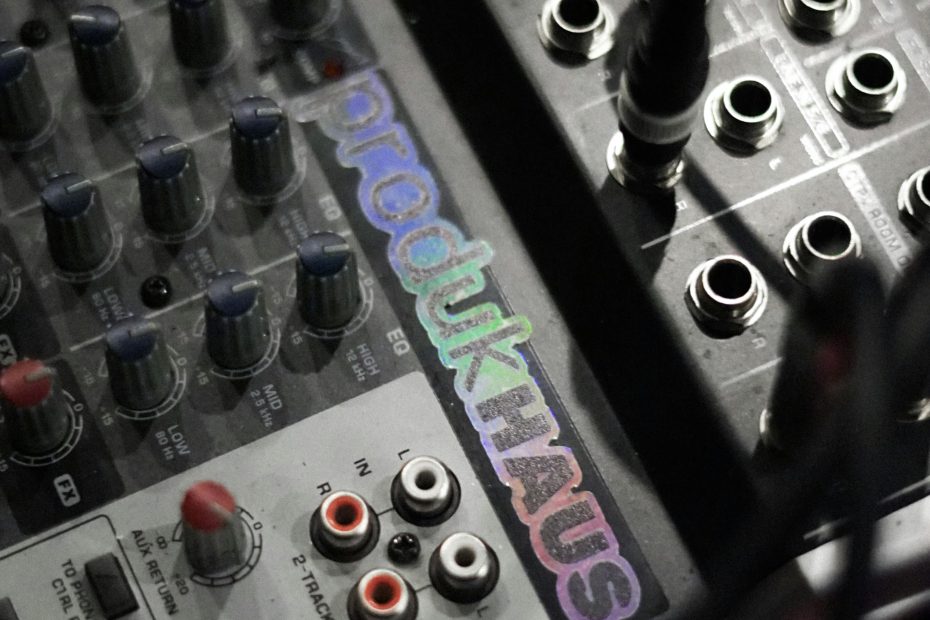Mastering Audio Mixing and Processing: A Complete Guide
Audio mixing is the art and science of combining multiple audio tracks into a cohesive, balanced, and polished sound. Whether you’re working on music production, film post-production, or live events, mastering the fundamentals of audio mixing is essential for achieving professional results. This guide will provide you with a comprehensive overview of the tools, techniques, and best practices for audio mixing and processing, ensuring your work stands out in any setting.

Understanding the Basics of Audio Mixing
What Is Audio Mixing?
At its core, audio mixing involves adjusting the levels, frequencies, and dynamics of individual audio tracks to create a unified final product. This process includes balancing instruments, vocals, and effects while ensuring clarity and cohesion in the sound.
Key Objectives of Audio Mixing
- Balance: Ensuring each track is audible and proportionate.
- Separation: Avoiding frequency clashes between instruments.
- Depth: Creating a sense of space through reverb and panning.
Essential Tools for Audio Mixing
Digital Audio Workstations (DAWs)
A DAW is the central hub for all audio mixing activities. Popular options like Pro Tools, Logic Pro, and Ableton Live offer robust features for recording, editing, and mixing audio tracks.
Features to Look for in a DAW
- Multi-Track Editing: Manage multiple audio sources efficiently.
- Plugin Support: Integrate third-party tools for advanced processing.
- User Interface: Choose a DAW that matches your workflow.
Audio Interfaces
An audio interface ensures high-quality sound input and output during audio mixing. It converts analog signals into digital data and vice versa, maintaining the integrity of your recordings.
Recommended Audio Interface Features
- High Sample Rates: For detailed and accurate sound.
- Low Latency: Reduces delays during real-time monitoring.
- Multiple Input/Output Options: Supports complex setups.
Studio Monitors and Headphones
Accurate monitoring is critical for effective audio mixing. Studio monitors provide a flat frequency response, ensuring you hear the true sound of your mix.
Choosing the Right Monitoring Tools
- Nearfield Monitors: Ideal for smaller rooms.
- Open-Back Headphones: For extended mixing sessions.
- Room Calibration Software: Adjusts monitor output to your room acoustics.
Techniques for Effective Audio Mixing
Balancing Levels
Proper level balancing ensures that no track overshadows another. Start by setting a foundation with the most important element, such as vocals or drums, and build around it.
Tools for Level Balancing
- Faders: For precise volume adjustments.
- Metering Plugins: Visualize track levels to prevent clipping.
Equalization (EQ)
EQ allows you to shape the frequency content of individual tracks. Use it to cut unwanted frequencies and enhance desirable ones.
EQ Tips for Beginners
- High-Pass Filters: Remove low-end rumble from non-bass instruments.
- Notch Filtering: Eliminate harsh frequencies.
- Boost with Caution: Small adjustments often yield better results.
Compression
Compression controls the dynamic range of a track, making softer sounds louder and louder sounds softer. This creates a more consistent and polished sound.
Compression Settings to Explore
- Attack and Release: Adjust to suit the instrument or vocal.
- Threshold and Ratio: Balance dynamics without squashing the track.
Advanced Audio Mixing Techniques
Automation
Automation allows you to adjust parameters like volume, pan, and effects over time. This adds movement and dynamism to your mix.
Automation Ideas for Creativity
- Volume Swells: Add drama to transitions.
- Effect Changes: Gradually introduce reverb or delay for impact.
Stereo Imaging
Use stereo imaging to create a wide and immersive sound. Panning instruments to different positions in the stereo field ensures clarity and separation.
Tools for Stereo Imaging
- Panning Controls: Place tracks in the left, center, or right channel.
- Imaging Plugins: Enhance width without losing focus.
Reverb and Delay
Reverb and delay add depth and ambiance to your mix. Apply these effects strategically to avoid muddying the sound.
Tips for Using Reverb and Delay
- Short Reverbs: For a tight and focused sound.
- Tempo-Synced Delays: Match the delay time to the song’s BPM.
Common Challenges in Audio Mixing and How to Overcome Them
Frequency Clashes
Tracks with overlapping frequencies can sound muddy. Use EQ to carve out space for each element.
EQ Techniques for Clarity
- Subtractive EQ: Remove unnecessary frequencies.
- Frequency Slotting: Assign specific frequency ranges to each track.
Over-Processing
Applying too many effects can make a mix sound unnatural. Focus on subtle adjustments that enhance rather than overpower.
Simplifying Your Process
- A/B Testing: Compare processed and unprocessed tracks frequently.
- Trust Your Ears: Avoid relying solely on visual feedback.
Trends in Audio Mixing Technology
AI-Powered Tools
AI-driven plugins analyze your mix and provide suggestions for improvements, making audio mixing more accessible to beginners and efficient for professionals.
Examples of AI Tools
- Smart EQs: Automatically adjust frequencies for optimal balance.
- Auto-Mix Features: Quickly set initial levels and panning.
Virtual and Augmented Reality Mixing
Immersive technologies are shaping the future of audio mixing, especially for 3D audio and spatial sound applications.
Benefits of VR/AR Mixing
- Enhanced Precision: Visualize sound placement in 3D space.
- Interactive Environments: Experiment with audio in real-time.
Mastering audio mixing and processing is an ongoing journey that combines technical expertise, creativity, and the right tools. From understanding the basics to exploring advanced techniques, this guide has covered everything you need to elevate your mixing skills.
Invest in high-quality equipment, continuously refine your workflow, and stay updated on emerging trends to remain competitive in the audio industry. Whether you’re crafting a studio masterpiece or delivering a live performance, audio mixing is the key to achieving a professional and impactful sound.
